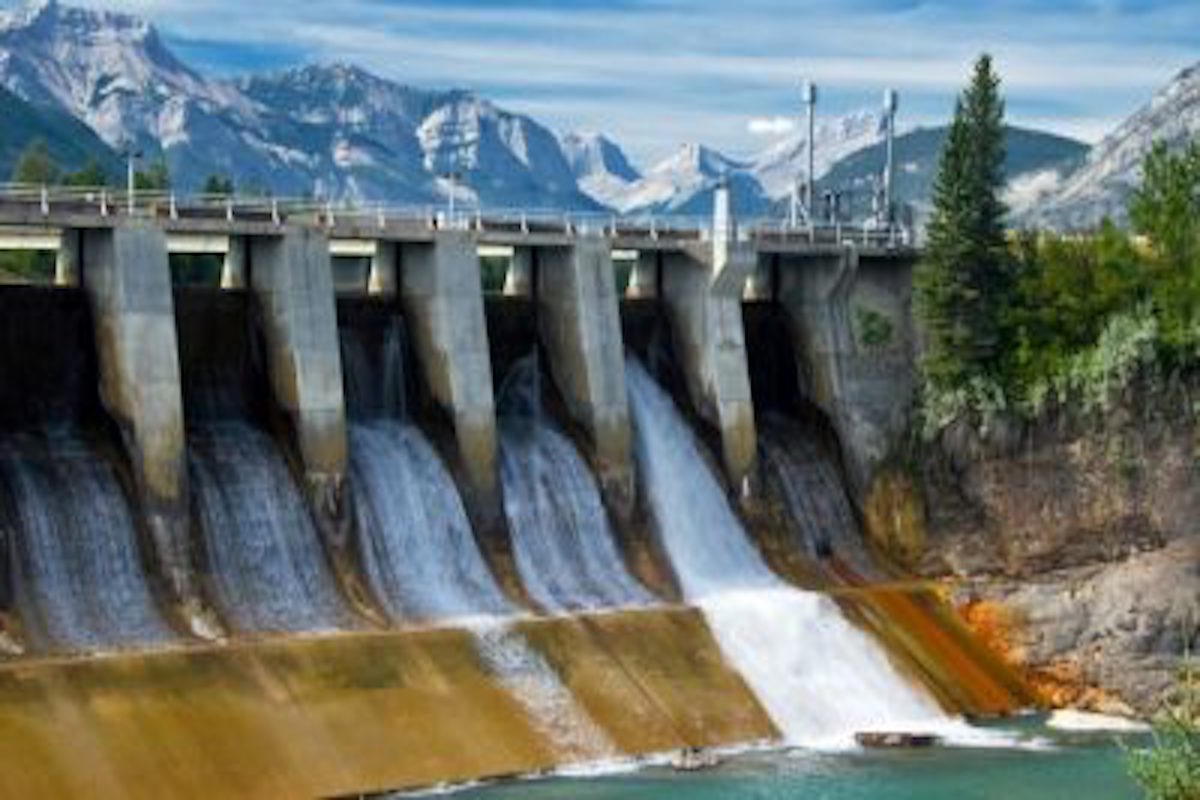Lahaul & Spiti district administration’s advisory to tourists not to go beyond Darcha
In view of the inclement weather and snowfall the national highway Manali-Leh had been officially closed for all types of vehicles on 7 November.
Noted environmentalist Kulbhushan Upmanyu, also the recipient of Green India award, said various independent studies published over the last two decades had pointed out vulnerabilities of construction of hydro power projects in Himalayan region.

(Photo: Getty Images)
In the wake of the Uttarakhand glacier disaster, environment NGOs and civil rights groups on Tuesday opposed the construction of new hydro power projects in tribal areas of Lahaul Spiti and Kinnaur in Himachal Pradesh.
Noted environmentalist Kulbhushan Upmanyu, also the recipient of Green India award, said various independent studies published over the last two decades had pointed out vulnerabilities of construction of hydro power projects in Himalayan region.
There were growing risks of lake formations and glacial lake outbursts but it was a matter of concern that the findings of these studies had not been converted into policy.
Advertisement
“The state government needs to consider the fragile ecology of the tribal belt of Himachal and accordingly prepare a plan for sustainable development rather than focusing on monetary benefits from hydro power projects.
It is high time that the government rethinks its strategy on exploiting hydro power potential in the state and take corrective measures accordingly,” he told The Statesman.
He added that the governments had not learnt lessons from Kedarnath tragedy and it was the reason that the projects were being constructed in Uttarakhand despite the Ravi Chopra Committee which pointed out the role of hydropower in exacerbating the impact of the Kedarnath flash floods.
In the joint statement, the 13 NGOs and civil rights groups stated that lack of concern for the environment was the reason that the dam building agenda continues unabated and unabashed in the Himalayas.
“In Himachal, hydro power projects worth 10,000 MW have already been built by changing land use that have gobbled forests, farms, caused landslides, soil erosion and impacted the river ecosystems at an enormous scale.
According to the State Disaster Management Authority, most of Himachal’s hydropower projects in operation or under construction fall in areas highly vulnerable to various hazards like landslides and floods.
In fact, the Avay Shukla Committee report which was submitted to HP High Court has recommended a moratorium on new hydropower projects in the state for this reason. But the state government has ignored the report completely,” they said.
They further stated that most of the planned projects that were yet to come up in Himachal were in the climate vulnerable and ecologically fragile regions of Kinnaur and Lahaul Spiti.
These were located in the upper Satluj valley and Lahaul on Chandrabhaga river, also known as Chenab, where tribal communities were resisting these projects.
Further, these are also geologically unstable terrains prone to earthquakes and avalanches.
A study by researchers from the University of Potsdam, Germany that analysed 273 hydropower projects in the Himalayas in India, Nepal and Bhutan found that about 25 per cent of them were likely to face severe damage from quake-triggered landslides.
They alleged that once clearances were granted noncompliance of environmental norms and social accountability laws was rampant. Besides, no safety monitoring was undertaken and lives of workers and people of affected villages were constantly at stake.
These environment groups expressed concern over inaction by the Union government at multiple levels and its repeated thrust on large dams in the Himalayas.
“No amount of monetary compensation can placate the anguish of those who have suffered irreparable losses. No amount of trying to hide behind words like ‘natural disaster’ and ‘act of god’ can deceive the people. The lack of accountability and intent of all the institutions, agencies and political representatives involved stands amply exposed,” they added.
Advertisement